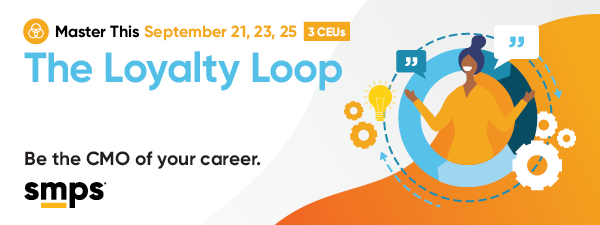
And every couple of years American arts institutions continue to send out the same insipid, selfie-stuffed nonsense they’ve been spraying at the world since Danny Newman first screamed SUBSCRIBE NOW! back in the 1970s. And the fact that American arts leaders have never been trained to understand that this is how marketing actually works is a tragedy.Įvery couple of years the NEA hands us this insanely useful information. The fact that ailing arts institutions refuse to do this is heartbreaking. Good marketing is about learning what motivates our customers, and then leveraging that information to get them to buy what we’re trying to sell. If you’re an arts marketer and you know the primary reason people attend arts events is to socialize with family and friends, your marketing must be about the joys of sharing your products with family and friends – at least as much as it is about the superior attributes of your organization and its products. If you’re a marketer and you know what motivates people to buy your product, this is what the content of your marketing should be about. We know that it’s about them, yet the entire canon of culture sector communications – NEARLY EVERY PROMOTIONAL MESSAGE WE PUBLISH – is still entirely about us and how wonderful and important we think people should think we are. The NEA has been tracking this for a long time. Or, in other words, it’s really more about them than it is about us. The emphasis is on the social experience and not necessarily on the event they choose to share.

Thanks to the NEA we know that people make their participation decisions primarily for social reasons having to do with their desire to share worthwhile experiences with those they care about and want to spend time with. When Americans were asked why they attended at least one artistic, creative, or cultural activity during the last 12 months, 82% said it was to socialize with family or friends.

The NEA just released its latest survey of public participation in the arts.


 0 kommentar(er)
0 kommentar(er)
